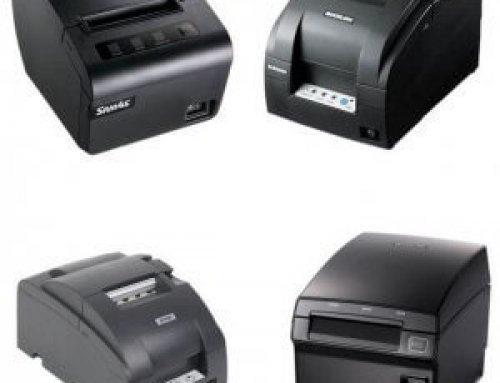Thermal labels, the right solution for printing information on demand such as barcodes, ingredients and dates.
Direct thermal synthetics are a good choice for retail pack labelling in the chilled and frozen food sectors where the labels are exposed to high levels of moisture and rough handling during transportation.
What are Direct Thermal Labels?
A direct thermal printer prints by applying heat to the material. Costly consumables like ribbons, ink and toners are not required. As a special type of heat-sensitive material that blackens when heat is applied.
Advantages of Direct Thermal Labels:
- Simple to use
- Ribbons not required.
- Used in a wide range of scales and printers.
- Cost effective.
- Greater productivity due to no consumable ribbon replacements.
- Clear and consistent images for good readability and scan-ability.
- Suitable for 1D and 2D barcodes.
- The quality, stability and durability of the image is suitable for most common requirements.
Direct Thermal Label Care Instructions:
- Store them in a cool, dry area.
- Keep your direct thermal labels away from extreme heat and humidity, these conditions can degrade the label’s coating and reduce print quality.
- Avoid prolonged exposure to direct sunlight, as this can cause the labels to fade.
Meet labelling requirements with Direct Thermal Label Solutions:
- Country of Origin
- Nutritional Information
Helpful Sources:
Queensland Health Label Buster Guide
FSANZ sets food labelling standards in the Food Standards Code.



Leave A Comment
You must be logged in to post a comment.